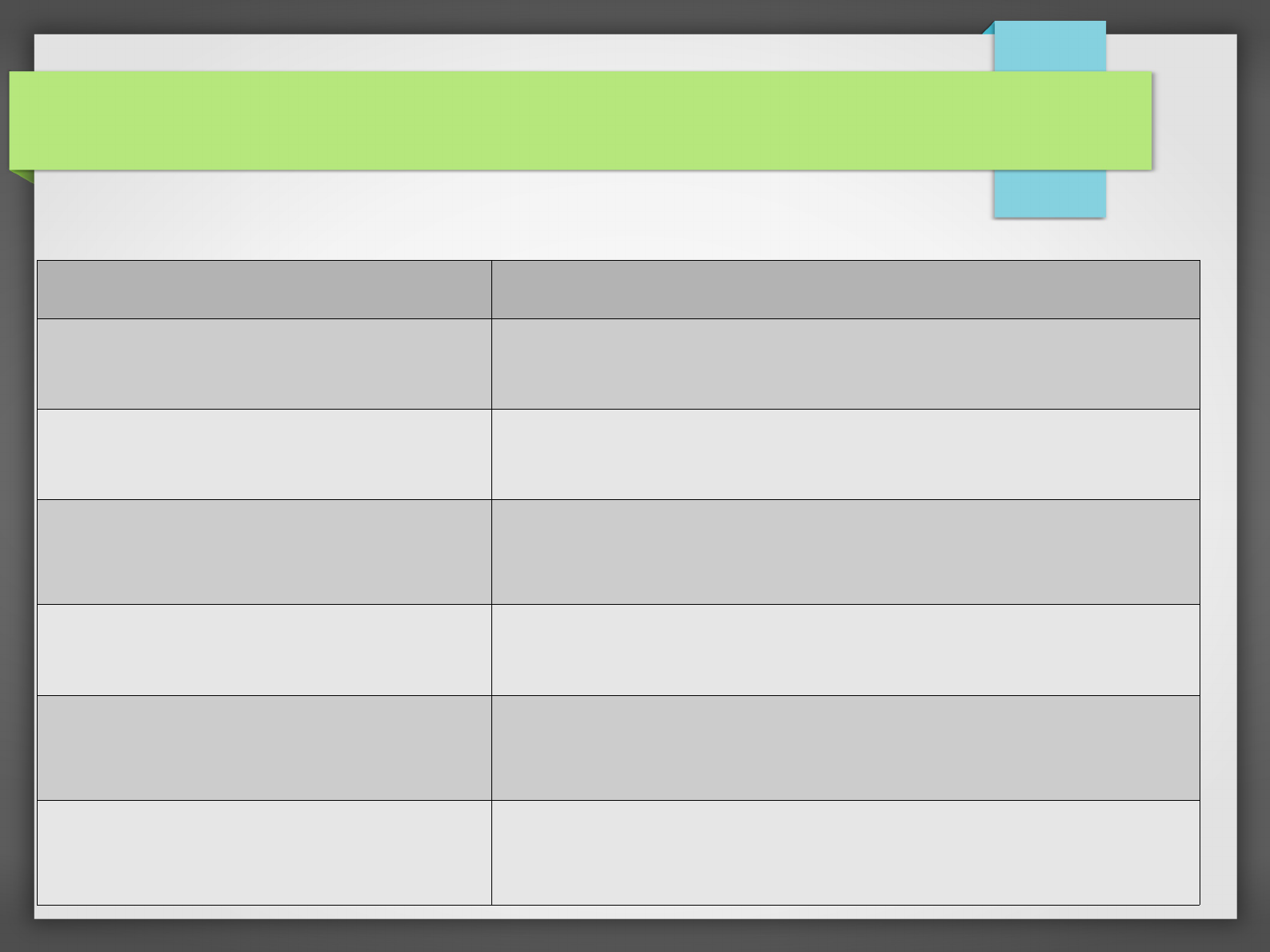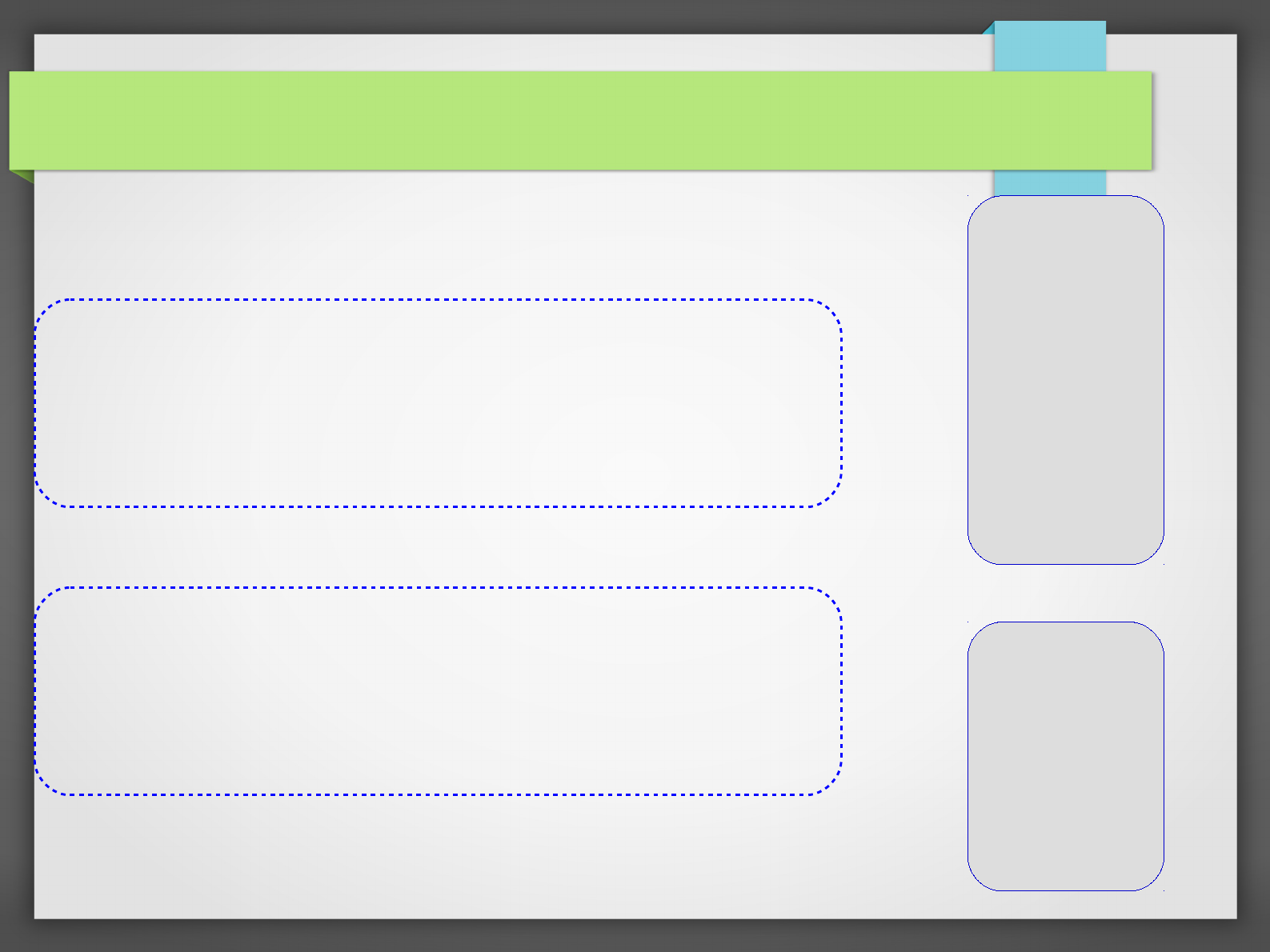
City University of New York (CUNY) City University of New York (CUNY)
CUNY Academic Works CUNY Academic Works
Open Educational Resources Bronx Community College
2019
Python working with 8les Python working with 8les
Natalia Novak
Bronx Community College, City University of New York
How does access to this work bene8t you? Let us know!
More information about this work at: https://academicworks.cuny.edu/bx_oers/25
Discover additional works at: https://academicworks.cuny.edu
This work is made publicly available by the City University of New York (CUNY).
Contact: AcademicWorks@cuny.edu

Files
A common programming task is to read or write information
from/to a file.

Files: reading from files
A common programming task is to read or write information
from/to a file.
Let’s first see how to read from a file:
1) Download the file source.txt from our web-page and
place it into Documents folder
2) type in the following command in the Python Shell:
>>> mySource = open(“source.txt”)
source.txt
1
1.4
0
1.6
-4

Files: reading from files
A common programming task is to read or write information
from/to a file.
Let’s first see how to read from a file:
1) Download the file source.txt from our web-page and
place it into Documents folder
2) type in the following command in the Python Shell:
>>> mySource = open(“source.txt”)
Traceback (most recent call last):
File "<pyshell#0>", line 1, in <module>
mySource=open("source.txt")
FileNotFoundError: [Errno 2] No such file or
directory: 'source.txt'

Files: reading from files
A common programming task is to read or write information
from/to a file.
3) Create a new file in Python Editor, type in the following
commands and save the file in the Documents folder
mySource = open(“source.txt”)
for line in mySource:
print(line)
mySource.close()
4) Run it!
1
1.4
0
1.6
-4
source.txt :

Files: reading from files
Methods for reading from a file:
method Description
open(<filename>)
opens a file named <filename>
close()
closes an opened file
read()
reads everything from a file and
returns it as string
readlines()
returns a list of strings
readline()
reads one line from a file and returns
it as a string
for i in f
Iterates over the lines in a file (i is a
line from the file)

Files: reading from files
We can replace the previous program:
mySource = open(“source.txt”)
for line in mySource:
print(line)
mySource.close()
with:
mySource = open("source.txt")
text = mySource.read()
print(text)
mySource.close()
1
1.4
0
1.6
-4
1
1.4
0
1.6
-4
source.txt :
Python Shell:

Files: reading from files
What if we want to find the sum of all numbers in a file?
source.txt
1
1.4
0
1.6
-4

Files: reading from files
What if we want to find the sum of all numbers in a file?
mySource = open(“source.txt”)
s = 0
for line in mySource:
s += float(line)
mySource.close()
print(“The sum of all values is”,s)
source.txt
1
1.4
0
1.6
-4

Files: reading from files
What if we want to find the sum of all numbers in a file?
mySource = open(“source.txt”)
s = 0
for line in mySource:
s += float(line)
mySource.close()
print(“The sum of all values is”,s)
source.txt
1
1.4
0
1.6
-4
You can find this program in the file
workWithFiles3.py
The sum of all values is 0.0

Files: reading from files
What if we want to find the sum of all numbers in a file, but the
source file is formatted differently?
- the numbers are separated by a space or by a new line
source2.txt
1 8 9.2 -5
1.4 9 8
0 12 -23 -9 1
1.6 2.3 -9.1
-42 -91 76 23 7

Files: reading from files
What if we want to find the sum of all numbers in a file, but the
source file is formatted differently?
- the numbers are separated by a space or by a new line
mySource = open("source2.txt")
s = 0
for line in mySource:
line = line.rstrip()
numbers = line.split(" ")
for item in numbers:
s += float(item)
mySource.close()
print("The sum of all values is",s)
source2.txt
1 8 9.2 -5
1.4 9 8
0 12 -23 -9 1
1.6 2.3 -9.1
-42 -91 76 23 7
You can find this program in the file workWithFiles4.py

Files: reading from files
What if we want to find the sum of all numbers in a file, but the
source file is formatted differently?
- the numbers are separated by a comma and by a new line
Modify the program in the file workWithFiles4.py to
accommodate the new formatting.
source3.txt
1,8,9.2,-5
1.4,9,8,13
0,12,-23,-9,1
1.6,2.3,-9.1,-5
-42,-91,7,23,17
In-class activity 1

Files: writing to files
Let’s first see how to write to a file:
Type in the following in the Python Shell:
>>> myOut = open(“out.txt”,’w’)
>>> myOut.write(“Hello, my name is Fran.\n”)
>>> myOut.write(“I like to dance ”)
>>> myOut.write(“and sing.”)
>>> myOut.close()
Let’s try to find the file we just created:
Try the folder where all the programs you worked today with are.

Files: writing to files
Let’s first see how to write to a file:
Type in the following in the Python Shell:
>>> myOut = open(“out.txt”,’w’)
>>> myOut.write(“Hello, my name is Fran.\n”)
>>> myOut.write(“I like to dance ”)
>>> myOut.write(“and sing.”)
>>> myOut.close()
Let’s try to find the file we just created:
Try the folder where all the programs you worked today with are.
Or, do the following:
>>> myOut = open("out.txt")
>>> print(myOut.read())
>>> myOut.close()

Files: writing to files
We can add more to the file that already exists:
Type in the following in the Python Shell:
>>> myOut = open(“out.txt”,’a’)
>>> myOut.write(“I went to the circus today.”)
>>> myOut.close()
Then find the file and see how it changed. Or, do the following:
>>> myOut = open("out.txt")
>>> print(myOut.read())
>>> myOut.close()
You can find this program in the file workWithFiles5.py

Files: writing to files
Methods for writing to a file
method description
open(<filename>,’w’)
open(<filename>,’a’)
open the file for writing (‘w’) or
appending (‘a’)
write(<text>)
writes a string <text> to a file

Files: writing to files
Example: let’s ask the user to enter a positive integer n and a
file name, create a file with the given file name and put the
squares of the first n positive integers into it, separated by
space.
n = int(input("Enter a positive integer:"))
if n > 0:
fname = input("Please enter a file name:")
output = open(fname + ".txt",'w')
for i in range(1,n+1):
output.write(str(i*i)+' ')
output.close()
print("Done! Look for the file",fname+'.txt')
else:
print("positive integer is expected!")
You can find this program in the file workWithFiles6.py

Files: writing to files
In-class activity 2
Modify the program we just did (see file workWithFiles6.py) to
output the squares of the first n positive integers into it,
separated by new line character (‘\n’), i.e. one value per line.
out.txt
1
4
9
16
25
36

Files: writing to files
Proceed to in-class activities 3-4

This OER material was produced as a result of the CS04ALL CUNY OER project.
This work is licensed under a Creative Commons
Attribution-Noncommercial-Share Alike 4.0 License.
